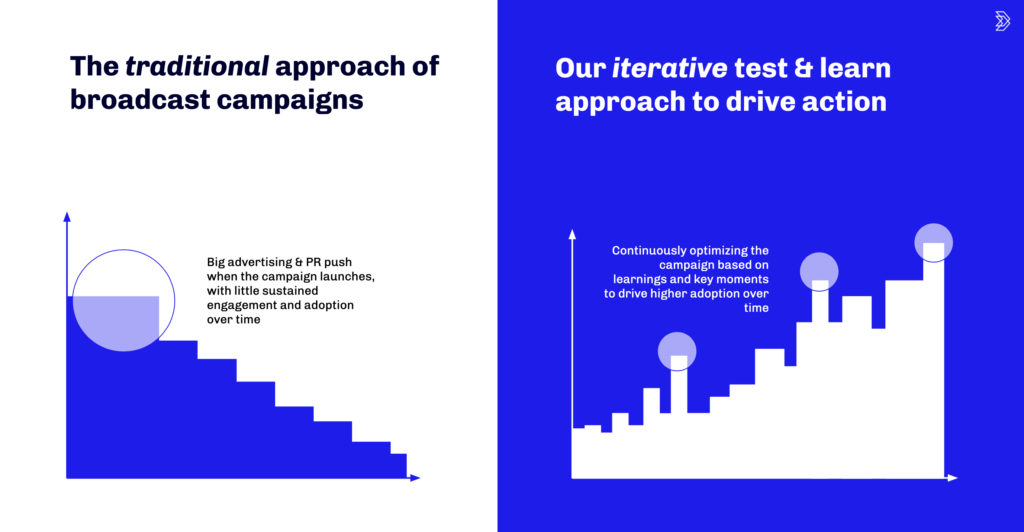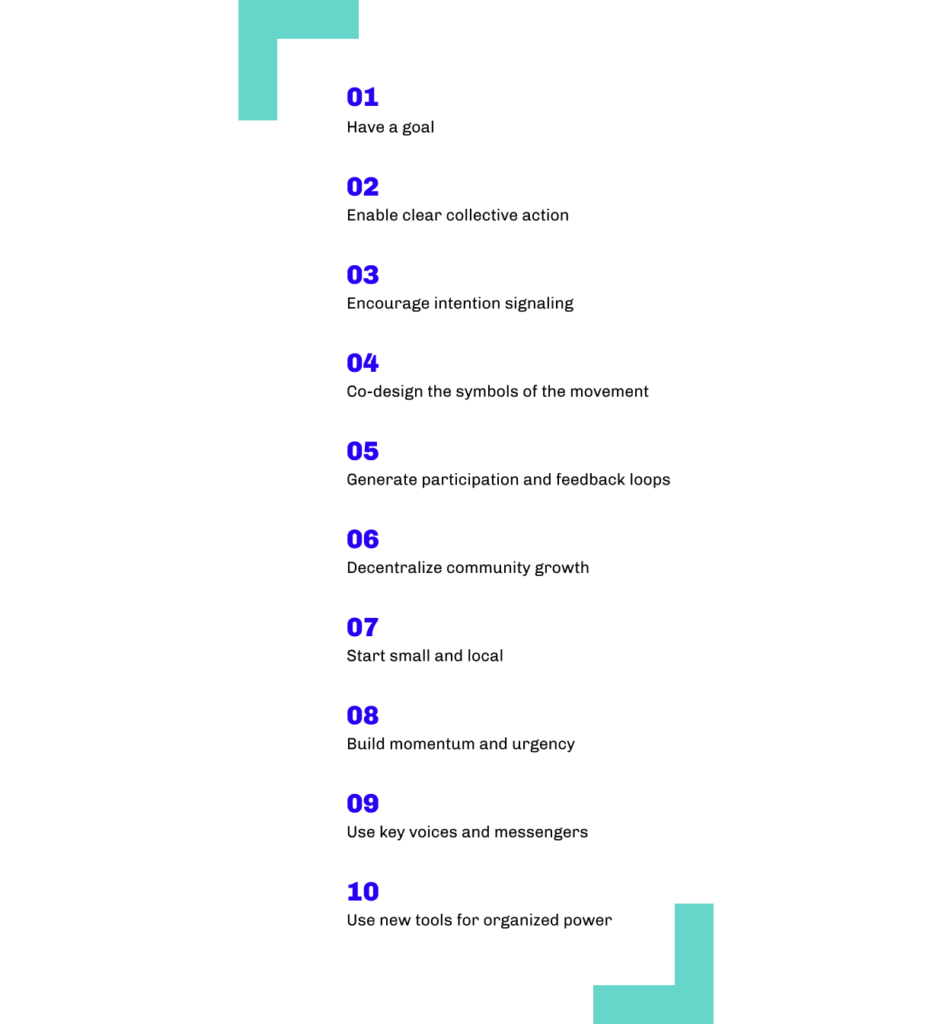The UK government is flip flopping on key economic policies. The US is seeing a four-decade inflation peak. Neither of these situations reflect environments where people are going to feel good about spending money.
Brands looking to retain customers who are growing more nervous and cautious about an increasingly uncertain environment are facing a tough challenge. But this challenge might offer opportunities for brands to explore new, meaningful ways to engage their customers and audiences.
We believe that brands should look to the work of grassroots organizers. They could do more than just energize audiences through this moment — and look to improve loyalty long term.
We have seen the expectations of customers continuing to rise — they want to be spoken to 1 to 1, in a tone that recognizes what they respond to, that builds in knowledge of their interests and behaviors. Moreover, customers want sustained engagement — and they want to build authentic relationships. In our view, few know how to do that better than grassroots organizers.
An organizer’s job is to mobilize activists on behalf of a candidate or an issue — and in most cases the cadence of the work is irregular. On a campaign, you know you’ll be busy before people start voting. In a legislative fight, you know you’ll be busy when lawmakers are considering your bill. But in between those moments, you still have to keep your supporters engaged, active, and participating in your mission — and that comes down to the difficult work of building and sustaining a community.
Organizers keep supporters and activists highly engaged between big inflection points by designing campaigns and outreach that help individuals see themselves in a cause and appreciate how their contributions bring about progress toward shared goals. In that work, we tell one story that develops over time and which offers opportunities for deepening commitment. We then set out to learn from each day’s work, optimizing our output over time, and improving performance bit by bit until we arrive at our destination.

Brands have the opportunity to evolve their marketing programs to embrace this point of view by thinking less about “speaking to the customer” and more about building a community to sustain the kind of long-term engagement they’re looking for.
At Blue State, our team brought a diversity of experience — as campaigners, brand marketers, organizers, advocates — to our work with the Ford Motor Company. When American automakers were struggling, Ford wanted to strengthen brand loyalty, talk about their latest innovations, and connect with the next generation of drivers.
We encouraged Ford to lay the foundation for a community by identifying the intersection of what they and their customers cared about most. Then, we built an integrated segmentation and communications strategy around a platform called Ford Social, which gave Ford owners and self-identified fans the opportunity to share their stories, product ideas, and photographs in exchange for the latest news about the brand. We targeted the programs to specific customer issue interests — like sustainable technology — and focused on turning enthusiasts of the brand into advocates willing to get the word out about Ford’s latest innovations. This helped Ford build a community of highly engaged owners, fans, employees, and influencers — and the strategy helped Ford increase their overall engagement and retention rates.
By thinking like an organizer, generating energy between the peaks, iterating over time, and tapping into a new kind of collective voice and vision by building community among your most loyal supporters, brands can successfully weather challenging economic and political environments.
What are some guiding principles brands looking to mobilize audiences to take part could look to keep in mind? We’ve assembled a few:

We’d love to help bring this point of view to your organization. If this resonates with you and, if you’d like to chat to someone from our mobilization practice, please get in touch over at [email protected]